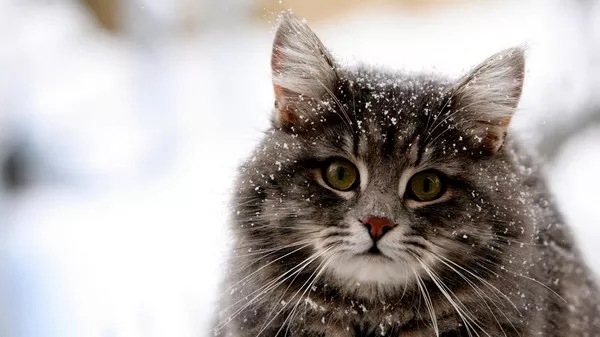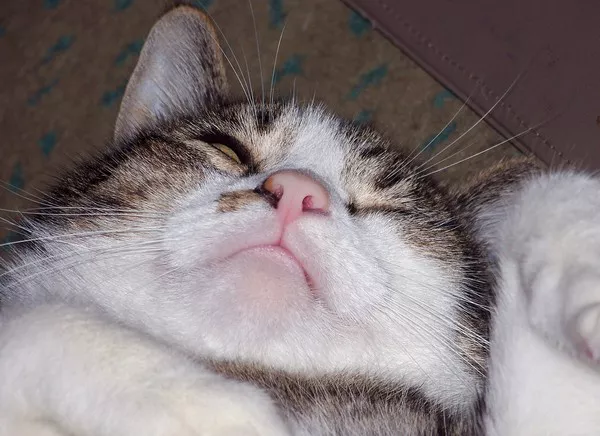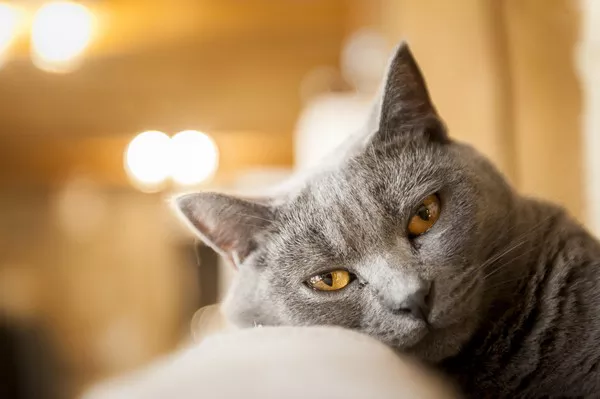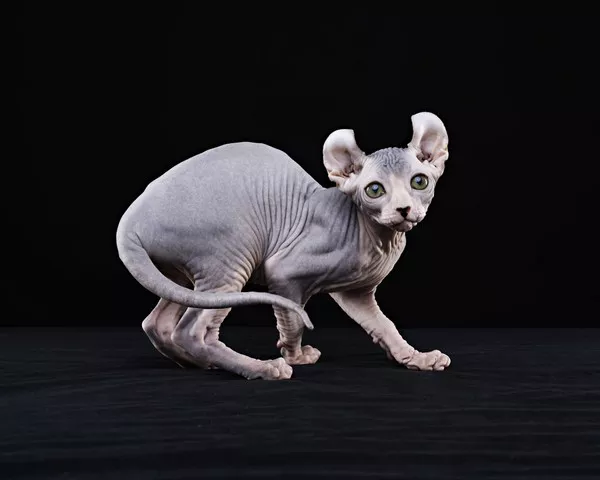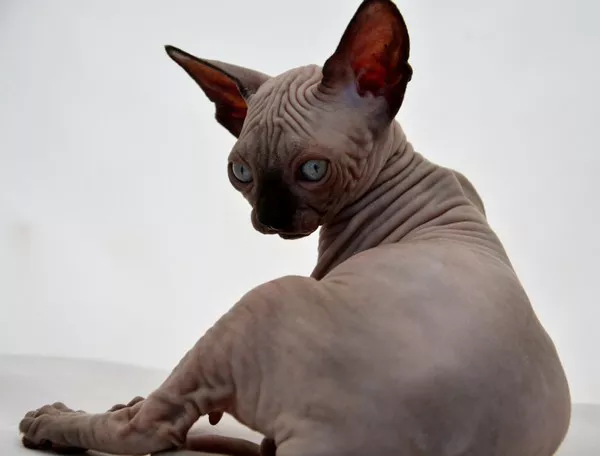Cats have long captivated our hearts with their charm and enigmatic personalities. Among the plethora of cat breeds, two popular ones that often pique interest are the Himalayan Cats and American Shorthair. While they may share some similarities, these feline companions possess distinctive traits that set them apart. In this comprehensive article, we will delve into the key differences between Himalayan and American Shorthair cats, shedding light on their origins, physical characteristics, temperaments, grooming requirements, and health considerations.
Origins and History:
Himalayan Cats: Originating from a crossbreeding experiment between Siamese and Persian cats, the Himalayan breed emerged in the mid-20th century, combining the striking color points of the former with the luxurious coat of the latter.
American Shorthair Cats: Native to North America, these feline companions were brought to the New World by early European settlers to control rodent populations aboard ships. Over time, American Shorthairs became valued for their hardy nature, adaptability, and diverse coat patterns.
Physical Appearance:
Himalayan Cats: Renowned for their stunning beauty, Himalayans exhibit a sturdy physique with a round head, short ears, and sparkling blue eyes. Their most notable feature is the long, luxurious coat with color points on the face, ears, paws, and tail.
American Shorthair Cats: Known for their athletic build and muscular bodies, American Shorthairs have a broad chest, medium-sized ears, and large, expressive eyes. Their short, dense coats come in various colors and patterns, enabling each cat to possess its unique visual appeal.
Temperament and Personality:
Himalayan Cats: Often described as docile and affectionate, Himalayans thrive on human companionship and appreciate a calm, quiet environment. They are renowned for their gentle nature and enjoy indulging in moments of relaxation and tranquility.
American Shorthair Cats: These cats are known for their friendly and adaptable dispositions. They possess an independent streak but readily form strong bonds with their human families. American Shorthairs are highly intelligent, playful, and well-suited to both indoor and outdoor living.
Grooming Requirements:
Himalayan Cats: With their long, flowing coats, Himalayans require regular grooming to prevent matting and tangles. Daily brushing is necessary to maintain their luxurious fur, and occasional baths help keep their coats clean and healthy.
American Shorthair Cats: Thanks to their short coats, American Shorthairs have lower grooming needs. Weekly brushing is usually sufficient to remove loose hair and maintain the coat’s shine. Additionally, routine nail trims and dental care should be included in their grooming regimen.
Health Considerations:
Himalayan Cats: While Himalayans are generally healthy cats, they may be prone to certain genetic health issues inherited from their Persian ancestors. These can include polycystic kidney disease (PKD), respiratory problems, dental issues, and eye conditions such as progressive retinal atrophy (PRA).
American Shorthair Cats: American Shorthairs are known for their robust health and longevity. However, like all cat breeds, they can be susceptible to common feline health problems such as obesity, urinary tract issues, and dental disease. Regular veterinary check-ups and a balanced diet are crucial for maintaining their well-being.
Conclusion:
In conclusion, while both the Himalayan and American Shorthair cats share a place in our hearts and homes, they exhibit distinct characteristics that make them unique. From their origins to their physical attributes, temperaments, grooming requirements, and health considerations, understanding these differences allows prospective cat owners to make an informed decision when choosing the perfect feline companion. Whether you’re captivated by the Himalayan’s regal beauty or the American Shorthair’s playful demeanor, both breeds offer their own charm and companionship, enriching our lives in immeasurable ways.








